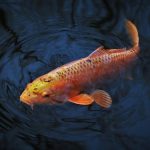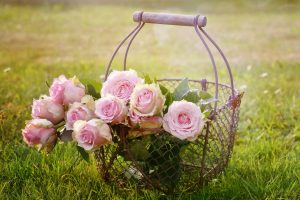Welcome to fall! The leaves are turning and falling off the trees, there is a bit of chill in the air and there are a number of things on your fall lawn care list of things to-do.
Late Fall Fertilizing
Your lawn can never get too much nutrients so it is time once again to fertilize. Lawn care experts say that fertilizing in late fall is a very important and necessary part in your long-term lawn care program. According to the experts, this final fertilizing should be scheduled to occur in November. This is about the time that the pace of lawn growth slows so there is no need to mow. If you fertilize too soon while the grass is still growing, your lawn could suffer damage due to cold temperatures and snow over the winter.
Fall is also ideal to perform this chore because it is cool and grass is recovering from so-called summer stress. If the lawn was properly fertilized in the late summer, then it is storing carbohydrate reserves in the stems, rhizomes and stolons. This helps the lawn battle winter damage and ailments and receives a boost of energy for the roots and blade growth for next spring. In addition, this process will help your grass experience enhanced color in the winter and lusher green and increased rooting in the spring.
It is suggested that you apply 1-pound of soluble N/1000 square feet or 1.5 to 2-pounds of slow release N/1000 square feet. The fertilizer should have a high amount of nitrogen and potassium. This helps improve rooting, ability to withstand the cold, and resistance to illnesses and wear and tear.
Over Seeding
Lawn gurus also comment that the fall is ideal for over seeding and replenishing thin or bare spots of the lawn because the seeds germinate better during cool nights and mild days.
Seeding is important whether you think your lawn needs it or not. Lawns that are not over seeded become old and if the lawn is constantly mowed, the seed will not generate well. Over time,
an old lawn will not be able to preserve dynamic growth, and battle weeds and other lawn stress.
Over seeding will also permit you to introduce new varieties of grass species that are resistant to drought, disease, and insects.
Use the appropriate seed for your climate and also consider lawn use when selecting seeds. For example, you should consider whether your lawn experiences high use and maintenance or low use and maintenance when choosing seed. Your lawn care supplier can advise you on this and other issues.
Don’t scrimp when buying seed. You get what you pay for. Avoid cheap seeds because they include generic, poor performing species of grass and are laden with fillers.
Attention to Detail
It turns out that fall is also a time to pay more attention to details. For example, you should reduce mowing height and start mulching and raking leaves and reduce the frequency you mow and water as the days get cooler and grass growth slows down.
The fall is also an ideal time to check for insects and insect damage. In addition, take the opportunity to winterize your mower, trimmer, and hand tools and drain the hose before storing.







